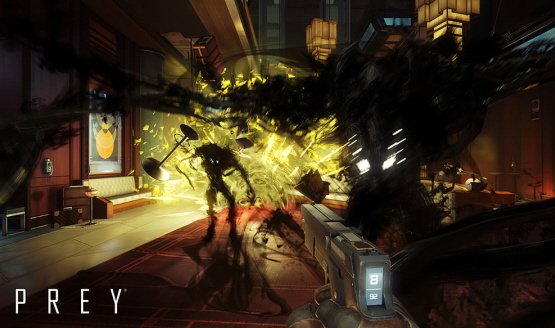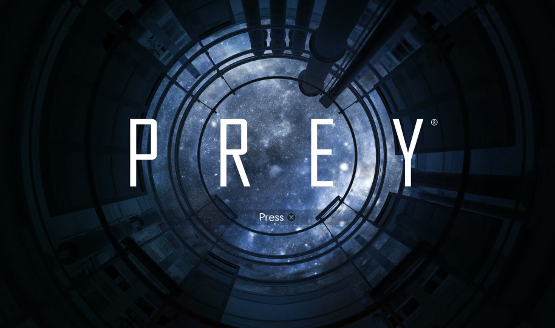
After a long hiatus, the Prey series is back with a re-imagining of the original. Arkane Studios (Dishonored) has developed their take on the game, and after many teases these past few months, the time has come to see if new life has been breathed into this resurrected franchise.
Rocket Man
In Prey, you play as Morgan Yu, a researcher aboard the Talos-1 space station (even if you’re not completely aware of it at the time). While performing your duties, things do not go as planned, and an alien outbreak wipes out a majority of the crew in hardly any time at all. Morgan is thrust into the middle of all of this with a major case of amnesia, and while the player character is mute much like Gordon Freeman of Half-Life, they are guided by a robotic Operator that goes by the name January. These Operators are hovering assistants, and January is special in that it has encoded intelligence and memories of Morgan from before their amnesia. Morgan is voiced for either gender, which is chosen at the very start of the game. Other than changing the voice work, there are no noticeable differences in how the game plays based on your gender decision.
While Prey is a first-person shooter, it has plenty of depth to it as well. Beyond the multi-tiered abilities at your disposal (more on that in a bit), there is also inventory management to contend with. You can only carry so much on your person, and eventually you’ll need to decide how badly you need to hang on to that banana peel, or if you’re better off swapping it for some ammo you found lying around. Why should you care about tossing a banana peel? Well, Prey features a junk-based economy of sorts. Interspersed throughout the space station are recycling stations. Using the junk you’ve picked up while surviving, you can obtain materials in varying quantities depending on the item inserted. Nearby these recycling machines are fabricators, which are the future’s hyper-cool version of 3D printers. Using blueprints that you have obtained, you can manufacture many of the game’s items, such as weapons, ammunition, medkits, and Neuromods.
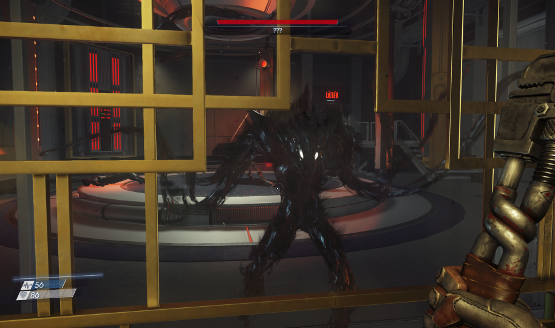
Upgrade Wisely
The all-important Neuromods allow you to unlock new powers. A question of losing your identity comes into play, though: if you unlock too many Typhon powers, turrets will no longer recognize you as “human,” and you will be shot on sight. But these are very powerful abilities. Your suit and Psychoscope can also be upgraded, adding to an already diverse set of ability choices to cater to any gamer’s play style. To top things off, you can also upgrade your traditional weapons with upgrade kits found throughout your travels, with higher-level upgrades requiring certain abilities in order to unlock.
As mentioned in our last preview, Prey is a strictly solitary experience. There are no multiplayer modes to be found. While the item mimicking and alien abilities could have presented unique mechanics, Arkane Studios admirably chose to use all their available resources to craft a lengthier single-player campaign. Indeed, play time for Prey will likely average around 20 hours for most gamers, and perhaps 30 or more hours to complete all side missions. While the side missions are optional, many times they confer benefits that are worth your time, and how you treat other survivors who give you these missions can dictate which of Prey’s multiple endings you reach.
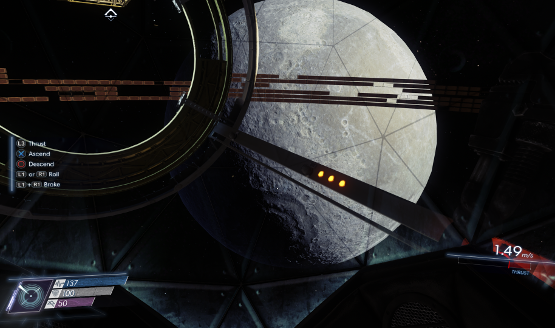
Bloody Beautiful
Arkane Studios developed Prey using the CryEngine. This results in a smooth-running game that tends to hold up quite well with a lot of effects firing off at the same time. Presentation is impressive – you really get a sense of how massive the space station is as you explore its many rooms and secret compartments. One of the game’s most impressive areas would have to be outside the space station. Out in the vasty nothingness, you can see out to the farthest reaches of the space station, and you might even take a few minutes to float in place and take in the view of both the Moon and Earth, as you orbit around the former. The sense of scale present in these sections is impressive. I only saw one graphics issue approximately a dozen hours into the game, where the HUD appeared to lag behind my actions. A restart of the game fixed this. There are also the occasional graphics flashes, particularly at the corners of some objects such as desks. All of the game’s high-poly models also come with a price: loading times for each of the station’s large areas can be measured in minutes.
In a game with psychological horror such as Prey, ambiance is important. Thankfully, Prey nails it with blood-streaked offices and an enemy that can take the form of any object in the room. The Mimic will mess with you, as it scurries past you an into the next room. Once you follow, the room will appear normal, but all is not as it seems. The AI running the game allows the Mimic to turn into a random object in the room, and it’ll be your job to try and determine which object it chose to duplicate. Emergent gameplay also occurs throughout the rest of the game, with random encounters in areas that you have already visited. This ensures that you never really feel terribly safe, even in areas guarded by turrets. Prey’s soundtrack also adds to the tension, with music that ramps up in intensity as you battle Typhons, and retro-futuristic sound effects that play whenever you complete an objective or otherwise update a mission.
Fight for Your Life
Where Prey breaks away from the games that it borrows concepts from is in its combat. The first eight or so hours of the campaign allows you to get used to the game’s Psi abilities, which are more along the lines of Deus Ex – think added carrying capability, more health, better stealth. But then, you unlock Typhon abilities, and are able to harness energy, morphing, and telepathy-based skills, each of which are unlocked by using a Psychoscope to scan enemies using the R3 button. In a rather nerve-wracking (and brilliant) twist, the Psychoscope requires live specimens. So, if you want to unlock some of the game’s most powerful abilities, you’ll have to fight your own fight-or-flight impulses, and scan the game’s most powerful enemies, before killing them.
While combat is unique in Prey, it is also one area that may frustrate some gamers. While you have a decent arsenal of weapons at your disposal, ammunition is constantly at a premium, as are resources to fabricate ammunition. Even on the game’s Normal difficulty setting, most enemies can kill you in just a couple of hits. So, combat requires you to always stay vigilant, but it is satisfying to figure out which mixture of mechanics will take down a Telepath enemy.
Arkane Studios has another hit on their hands in the form of Prey. Some minor bugs aside, this is a horror fan’s dream come true. Prey may appear to be a first-person shooter on the surface, but there’s an RPG hidden just underneath its shiny graphics. You have the freedom to approach Prey in any way you desire, and it’s unlikely any two players will have the same experience. With an intriguing story, impressive ambiance, and challenging gameplay, Prey is a must-own game that has found a unique take on psychological horror in game form.
Review code for Prey provided by publisher. Reviewed on PS4 Pro. For more information on scoring, please read our Review Policy here.
-
Intense, challenging combat
-
Intricate, spatial level designs
-
Intriguing story
-
Combat can feel unfair in spots
-
Lengthy loading times
Prey info dump
-
Prey - EYNTK

Welcome aboard Talos I, Morgan. But before your story begins to unfold, let's recap everything you need to know about Prey.
-
What is Prey?
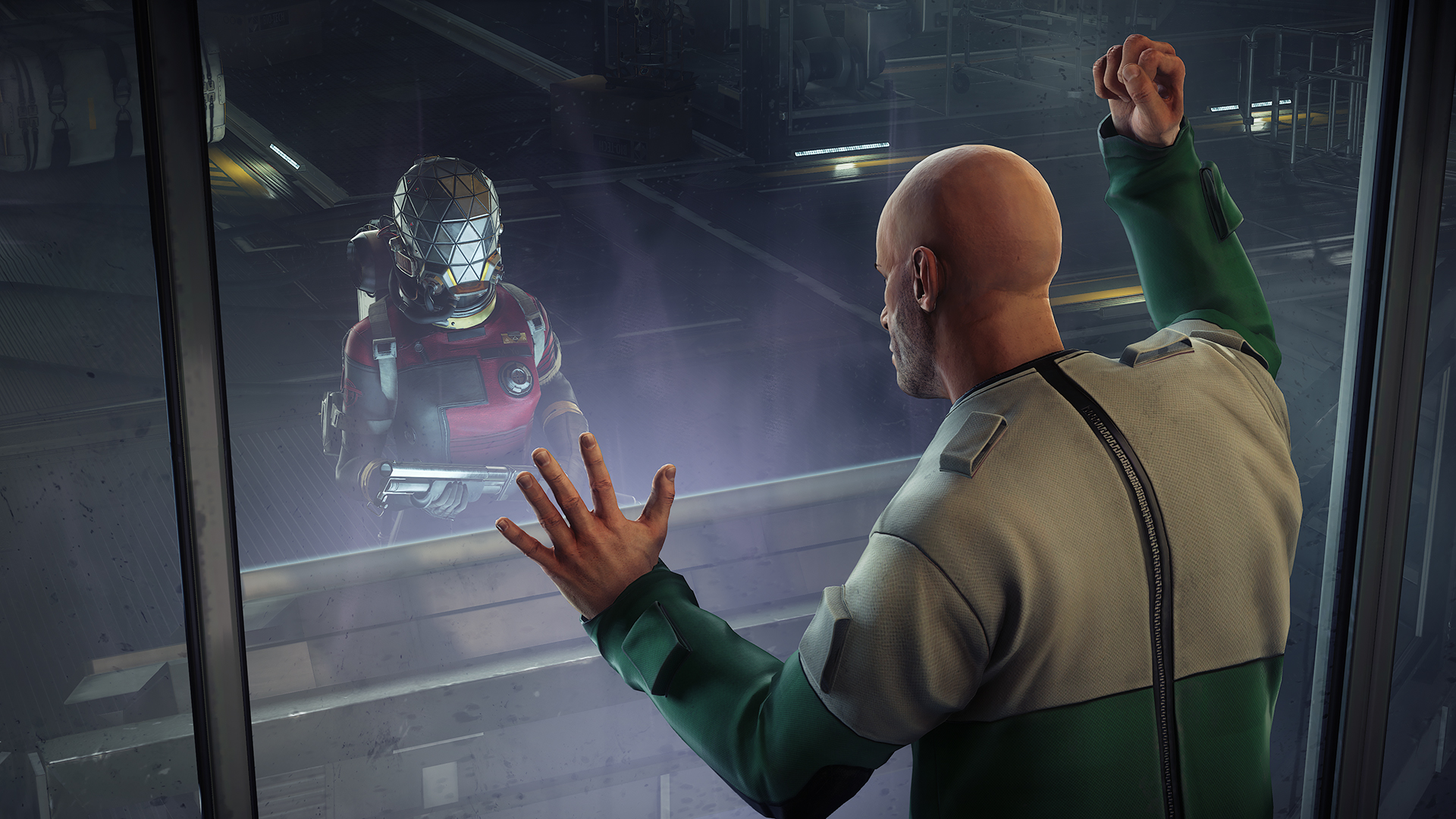
It's neither a sequel nor a remake, but rather a reimagining of the concept that was sentenced to development hell circa 2011. Bethesda officially pulled the plug three years later, but with Dishonored dev Arkane Studios in the driving seat, Prey is best described as a sci-fi horror title that straddles the line between BioShock and Alien: Isolation.
-
What's the Story?
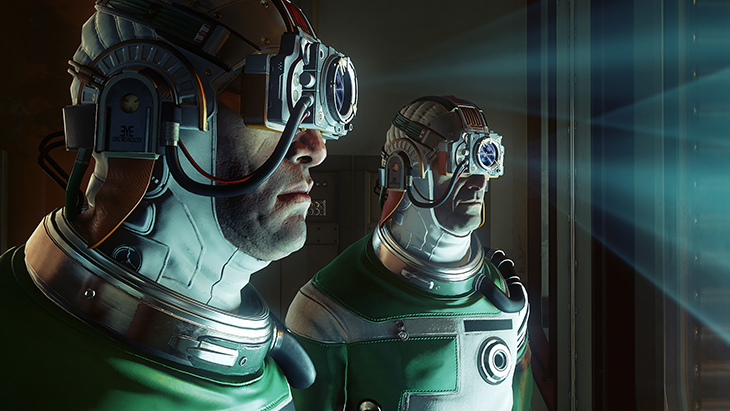
Prey 2 was initially hatched as a direct sequel to the Prey of 2006, and started incubating in development over at Human Head Studios around 2011. Alas, the project slipped into development limbo soon after the IP was bumped from 3D Realms to Bethesda Softworks. Human Head's sequel/space oddity was formally canned in 2014.
-
But What's the ACTUAL Story?
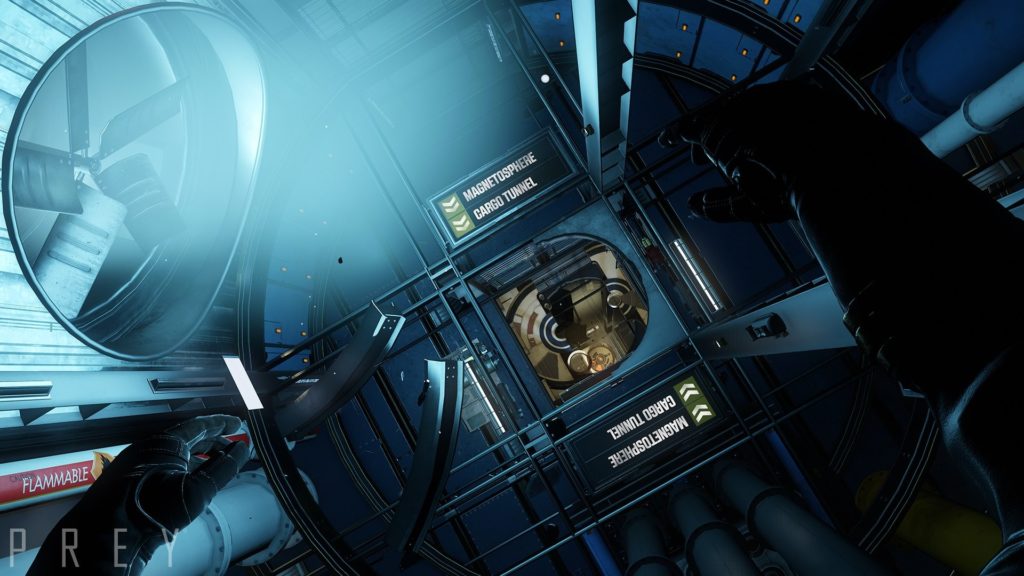
As for the narrative itself, Bethesda's official description of Prey reads as so:
"In Prey, you awaken aboard Talos I, a space station orbiting the moon in the year 2032. You are the key subject of an experiment meant to alter humanity forever – but things have gone terribly wrong. The space station has been overrun by hostile aliens and you are now being hunted. As you dig into the dark secrets of Talos I and your own past, you must survive using the tools found on the station — your wits, weapons, and mind-bending abilities. The fate of the Talos I and everyone aboard is in your hands."
It'll reportedly take anywhere between 16 and 22 hours to beat, depending on your playstyle, and we know that Prey will feature multiple endings.
-
Neither Remake Nor Sequel
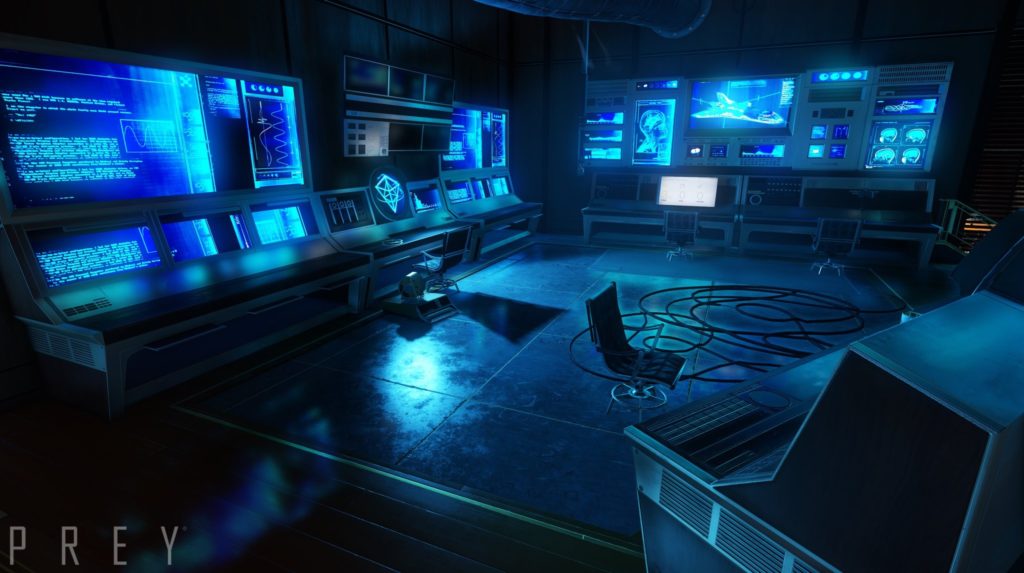
Prey is neither a remake nor a sequel. So what is it, exactly? Leave it to Game Director Raphael Colantonio to clue you in.
-
Meet Morgan Yu

Considering that Prey's story features "tons of little permutations" based on specific events, no two Morgans will be the same.
"As Morgan Yu, set out to unravel the clues you’ve left behind for yourself, and discover the truth about your past. What role will you play in TranStar’s plans, and the mysterious threat ravaging the station?"
-
Welcome Aboard Talos I
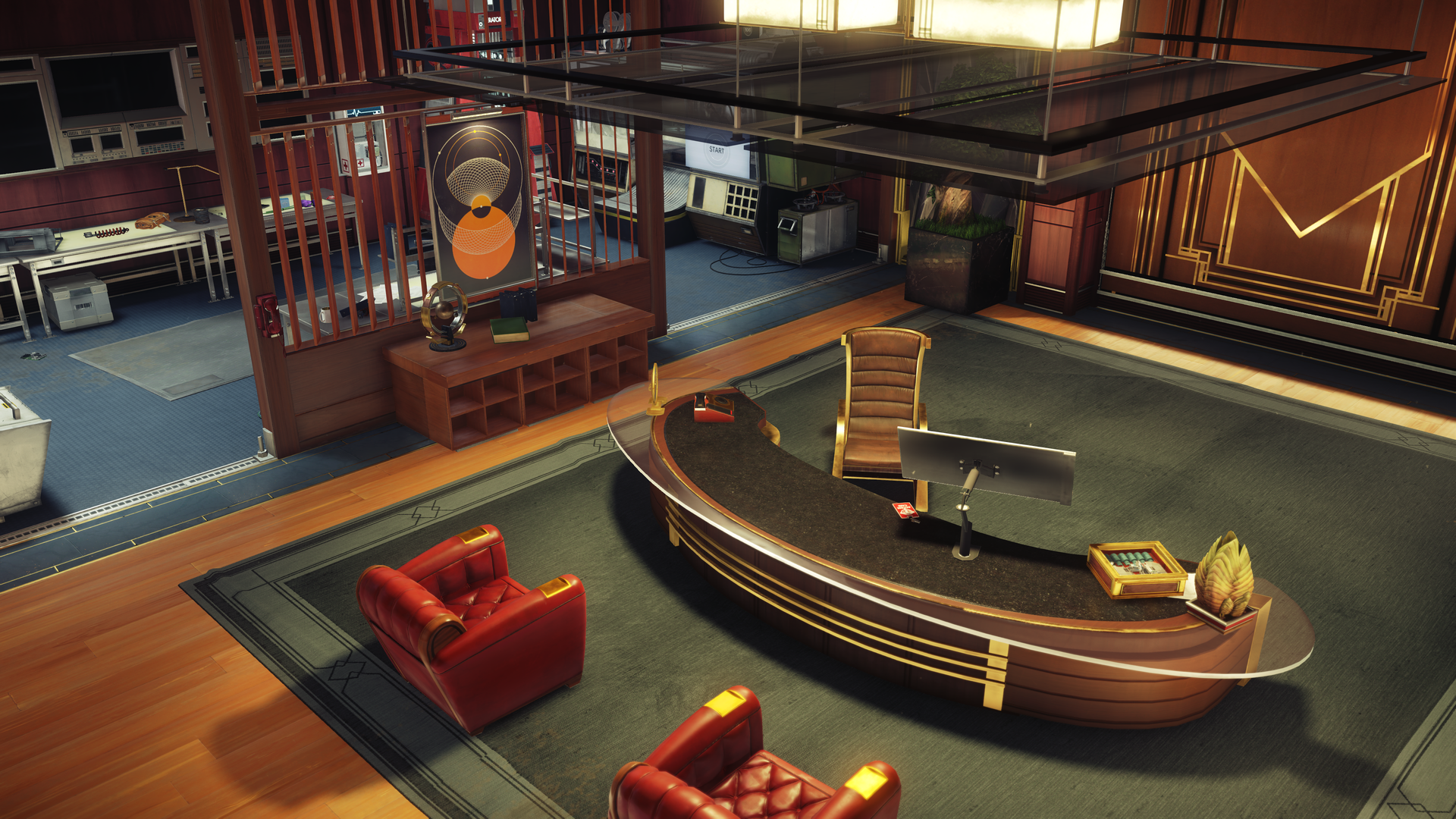
Most, if not all of Prey's story will unfold on board the Talos I space station, a man-made satellite that was initially pitched as a co-venture between the United States and the U.S.S.R. to imprison (and indeed study) the alien Typhon.
"Orbiting the Moon, the Talos I space station symbolizes the height of private space enterprise. Explore a lavish craft designed to reflect corporate luxury of the 1960s, and navigate interconnected, non-linear pathways built to hide countless secrets."
-
The TranStar Corporation

What's a sci-fi story without a shady corporation poking and prodding at the rules of nature?
In Prey, that title belongs to TranStar Corporation, a private conglomerate that seizes control of the Talos I research facility soon after the fall of the Soviet Union.
"In the alternate future of Prey, President Kennedy survives the assassination, which sets off a turn of events leading to the central conflict. After recovering from the attempt on his life, Kennedy threw his nation further into the space race by taking control of a U.S./Russian joint program and transforming a Russian satellite into a fully functional R&D facility meant to study non-terrestrials. This facility later became Talos I, a highly advanced space station owned by the TranStar Corporation.
"After awakening on Talos I, Morgan finds the station overrun by a previously contained non-terrestrial entity called Typhon, which the scientists had been studying and using to improve the scope of human abilities. Aided by strange alien-based powers, Morgan must survive the incursion, uncover the mysteries surrounding the Typhon and save humanity from the impending danger aboard the station."
-
An Alien Nemesis Known as the Typhon
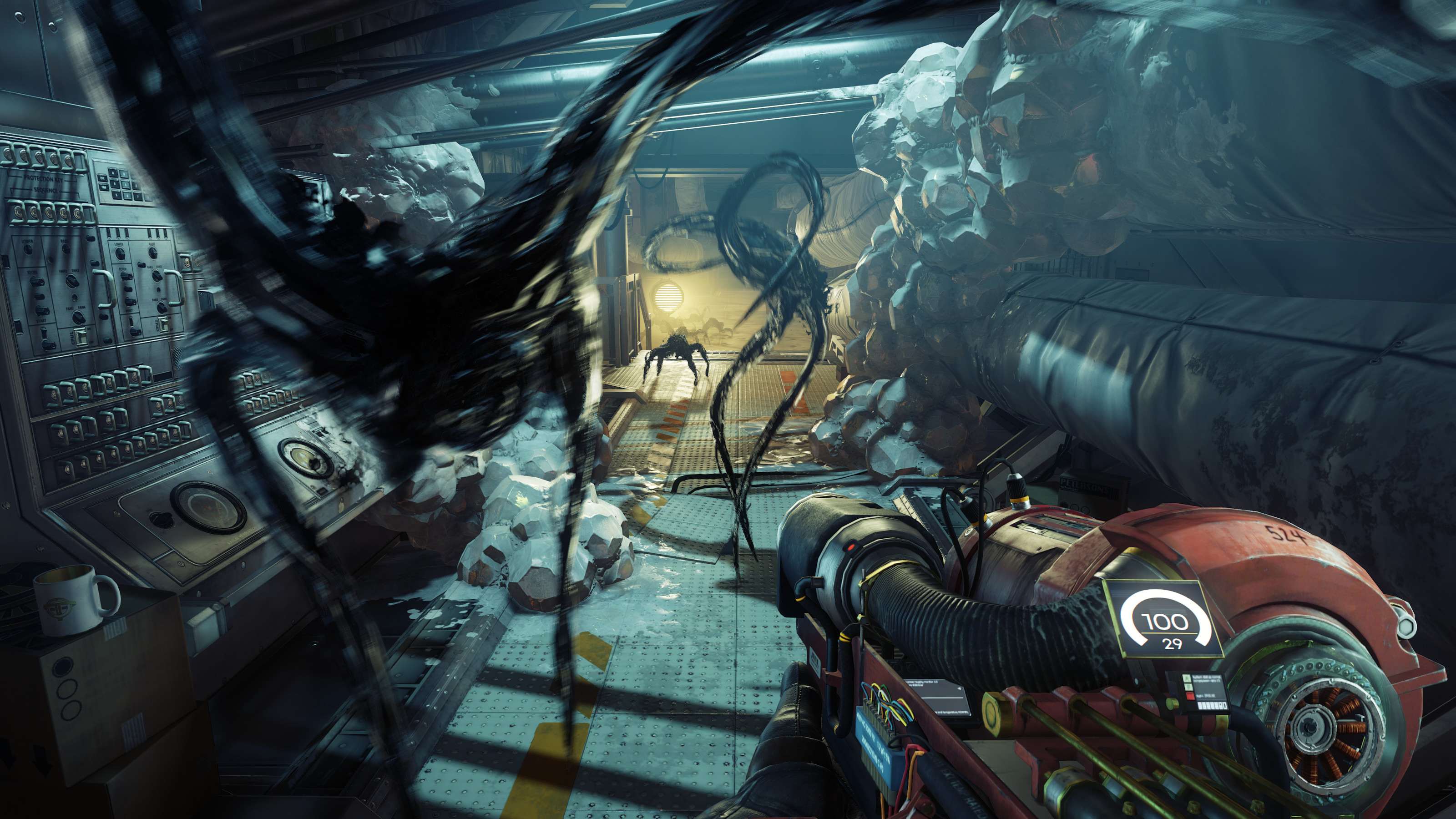
Soon after JFK galvanized space exploration, humanity's presence in the cosmos drew some unwanted attention from an extra-terrestrial species known as the Typhon.
At first, thanks to the Talos I research facility, American and the Soviet Union are able to contain the aliens, but once TranStar becomes involved, the shit begins hurling toward the fan.
From the Mimic to the Phantom, there's plenty of nightmare fuel to be found under the hood of Prey.
"Aliens have escaped containment, dead bodies now litter the hallways of the Talos I space station, survivors are huddled together for safety, and the Typhon aliens are threatening to destroy everything you hold dear. As Morgan, you’ll have to fight the invasion in order to save humanity. But it all begins with what should have been a typical first day on the job for Morgan. And now you can experience the game’s thrilling first hour in the console-exclusive demo for Prey."
-
A Touch of Player Freedom
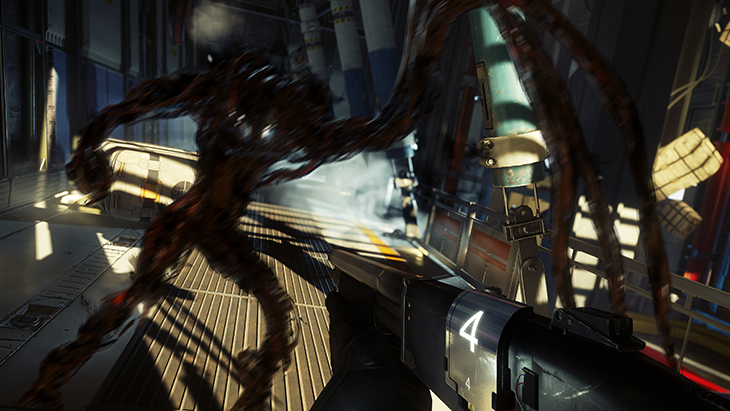
After selecting the gender of your Morgan Wu, Prey will lend players the chance to mould their chosen avatar as they deem fit.
It's all part of Arkane's strategy to instil a sense of player freedom, with Creative Director Raphael Colantonio revealing that, "the theme of identity is central to Prey. Who is Morgan Yu exactly? We want to give you the freedom of being a man or a woman, but we also don’t want to limit who you become when you make that choice."
-
Weapons and Gear
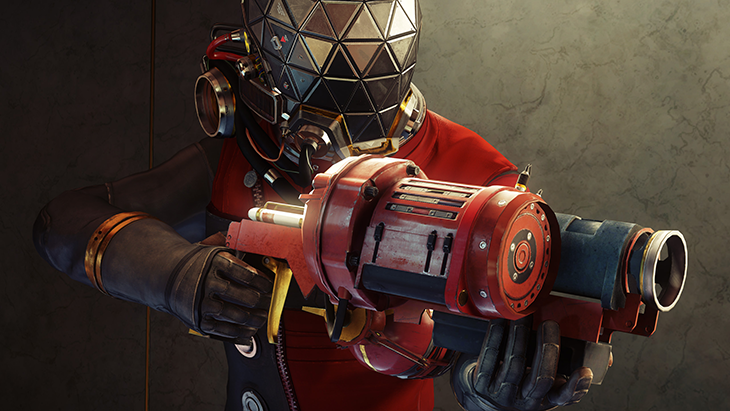
To fight against the Typhon, you'll need to come packing the correct arsenal, and thankfully Prey features a diverse collection of weapons and gear. The protagonist Morgan can be upgraded, too.
"With 24 human upgrades and 20 unique alien powers to choose from (plus all of their upgrades), no two Morgans will be the same, and no two players will have the same experiences in Prey. Along with the human abilities like Hacking, Leverage, Repair, and Gunsmith – all of which enhance Morgan’s innate strengths – you will have access to three distinct trees of Typhon-based abilities. Of course, there’s some risk when rewarding yourself with these amazing alien abilities. As you install alien powers, the turrets on the station will view you as a hostile entity, and you will increasingly run the risk of being targeted and hunted by the massive Nightmare Typhon. But with (sometimes literally) mind-bending abilities like these, we’ve got to say the risk is definitely worth it."
-
Console-Exclusive Demo
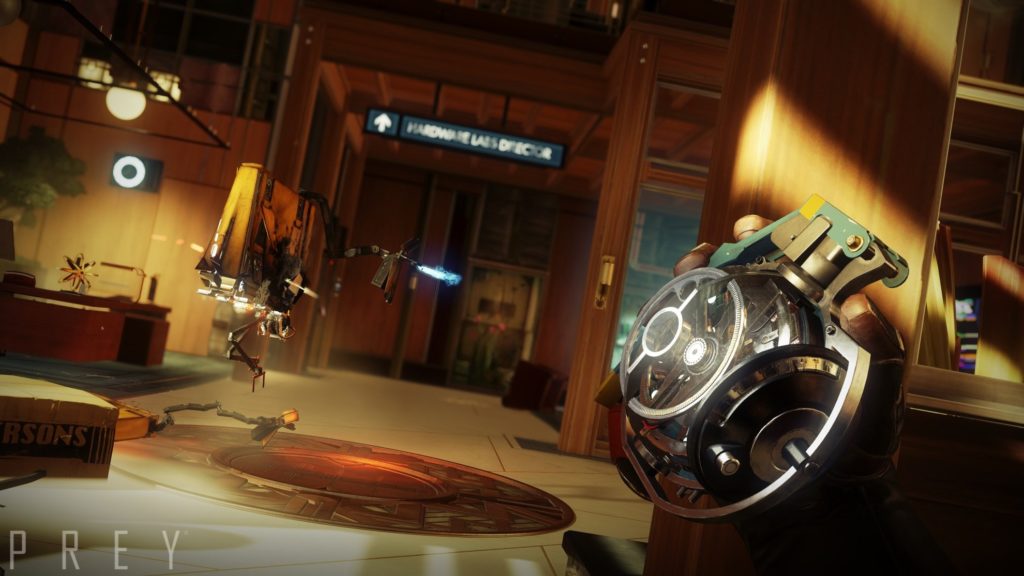
Aptly dubbed Opening Hour, the Prey demo is available to download right now across PS4 and Xbox One. It weighs in at around 13.8GB in size, with the official description reading as so:
"The Prey Demo: Opening Hour puts you in the role of Morgan Yu, lead scientist aboard Talos I, working on a scientific breakthrough meant to alter humanity forever. What starts off as an exciting first day of work very quickly takes a dark turn. You find yourself alone on board Talos I, a lavish but abandoned interstellar research facility. Aliens have overrun the station and are hunting down any surviving crew members, including you. Should these creatures reach Earth, life as you know it will end. It’s up to you to uncover the mysteries of Talos I, fight the alien invasion and save humanity."
-
Extended Gameplay
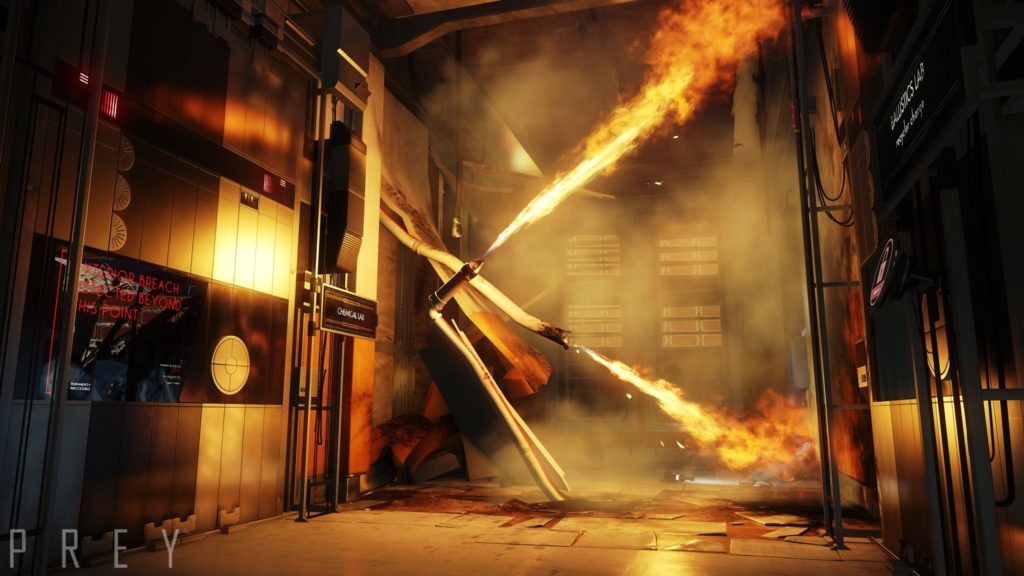
Curious to take a peek at Prey in motion? This extended, 35-minute gameplay demo ought to do the trick.
-
Multiplayer Would've Required a Bigger Team
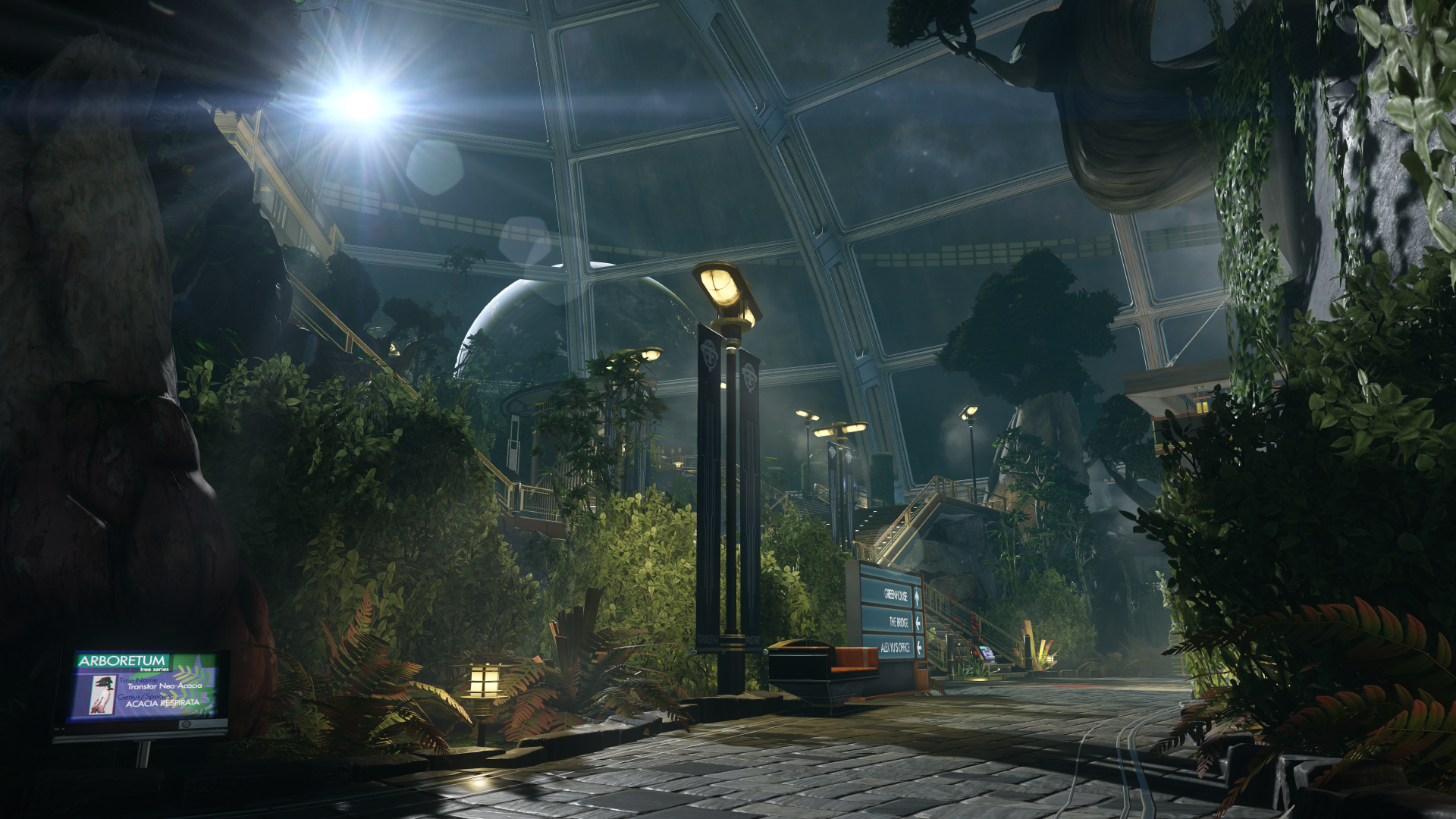
Make no mistake, Prey is a single-player experience through and through. But when lead designer Ricardo Bare addressed questions relating to multiplayer, he stressed that adding an online component would've required a bigger dev team.
"Not really. Adding multiplayer to a game is a massive endeavor. Our team would have to be much bigger, or we’d need to take much longer to make the game to support something like that. That’s just not somewhere we wanted to go for Prey."
-
A Hefty Digital Download

Prey will come packing a day-one patch, the details of which will be posted in the coming days.
What's more, Bethesda has revealed that the PS4 version of Prey will take up between 38.2GB and 39.5GB, depending on your region.
Future patches and DLC will increase the free space requirements [of 42GB at launch]. The maximum amount of space for save files allocated to the title is 1 gigabyte, with at least 44.05 megabytes of space required to create the profile on first boot, and each save file requiring 10.49 megabytes of space.
-
PS4 Input Lag to Be Addressed By Launch
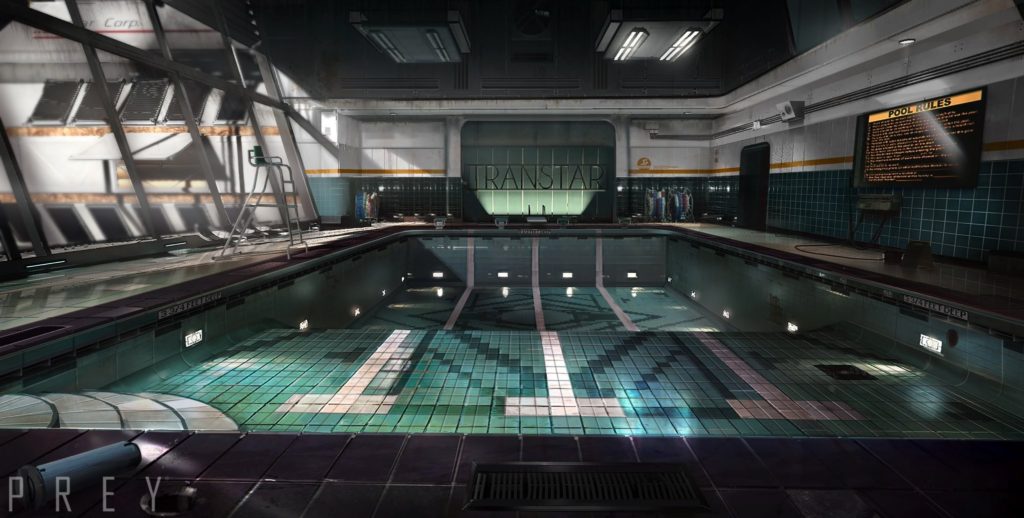
Digital Foundry's in-depth analysis of Prey's console-exclusive demo revealed a technically competent vertical slice.
There are, however, some issues -- specifically when it comes to “controller input on PS4 is sluggish and the game feels very unresponsive as a result making it difficult to deal with enemies.”
"Expect the technical hiccup to be nixed by May 5, but for those of you dabbling with the Prey demo, NeoGAF has uncovered a workaround:
"To address input lag, the fix within the final release in the game changes the raw input curve on the PS4 controller to be more responsive at the low end, and to tweak responsiveness to the center point on the controller (narrowing the dead zone.). The net result is faster/more responsive movement."
-
Hands-On Preview
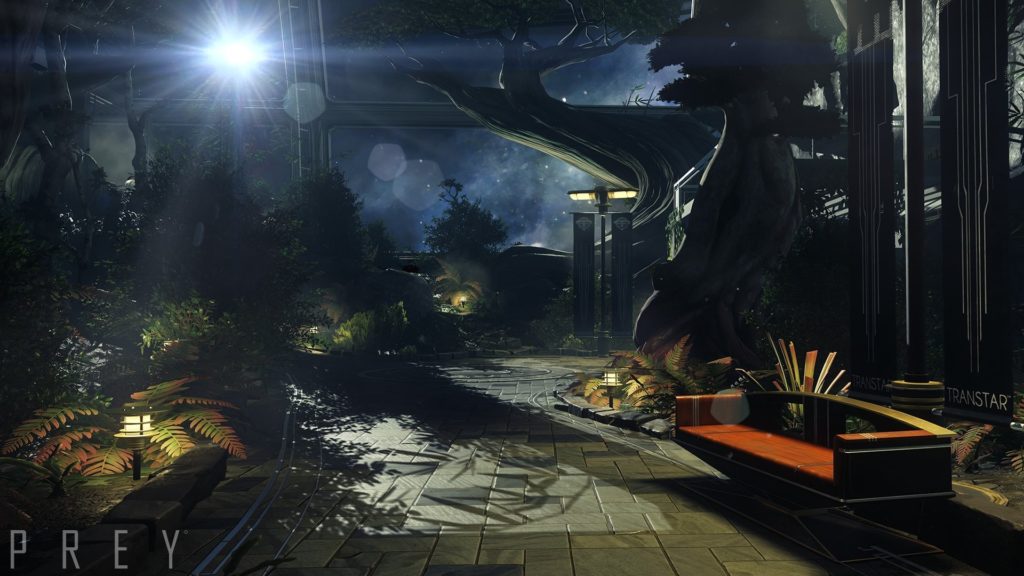
Ahead of his full review, be sure to have a gander at Paulmichael Contreras' glowing Prey preview:
"While some of the Arkane Studios staff was busy developing the excellent Dishonored 2, others were busy working on Prey. There is a coherent direction for this reboot, and it’s looking very promising. While Prey could be described as a mash-up between Half-Life 2, BioShock, Alien: Isolation, and even Portal, it somehow exudes a personality all its own."
-
Prey Preview 2.0
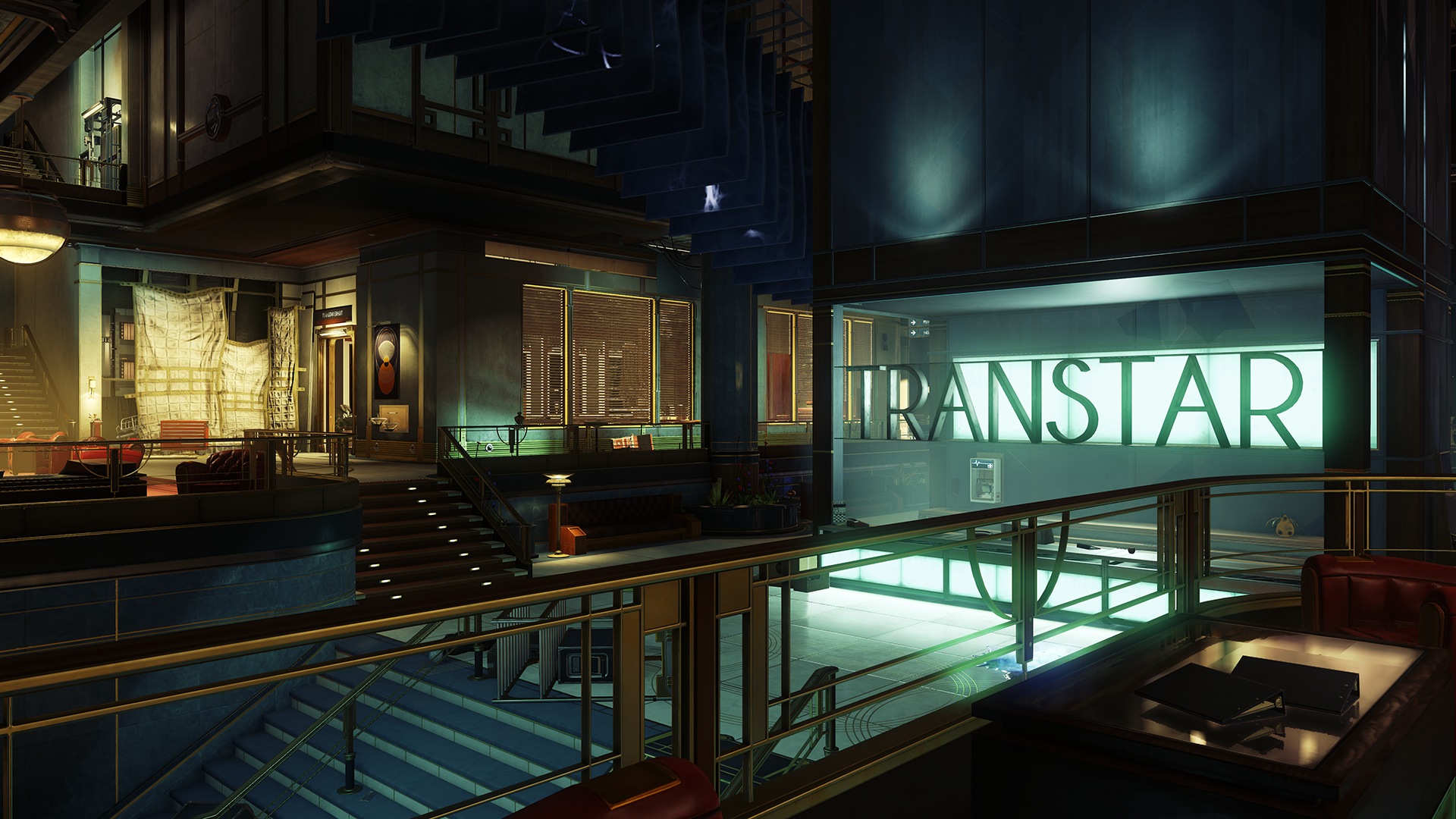
Paulmichael Contreras continues to peel back the layers of Prey one preview at a time. And remember, stay tuned for the full review to hit the site in the coming days.
"Based on what we’ve seen with our handful of hours spent with the game, Prey is shaping up to be a great game for those who love open-world first person shooters. With a wide mix of powers and weapons at your disposal, the various ways in which you can dispatch enemies may never get boring. Prey releases on May 5, and rest assured our verdict will be rendered in full with a review coming shortly."
-
Trophy List
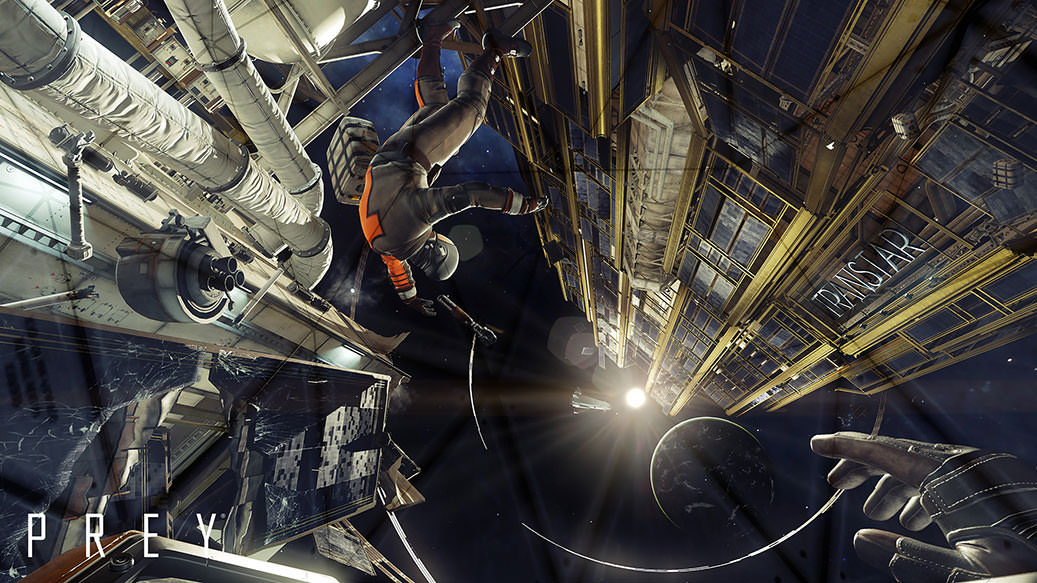
The Trophy list for Prey is rife with spoilers, so click through at your own discretion. You'll also find that the list of accolades includes a cheeky Trophy named Press Sneak, which is awarded for reading all the emails aboard Talos I.
-
Day One Update and Launch Trailer
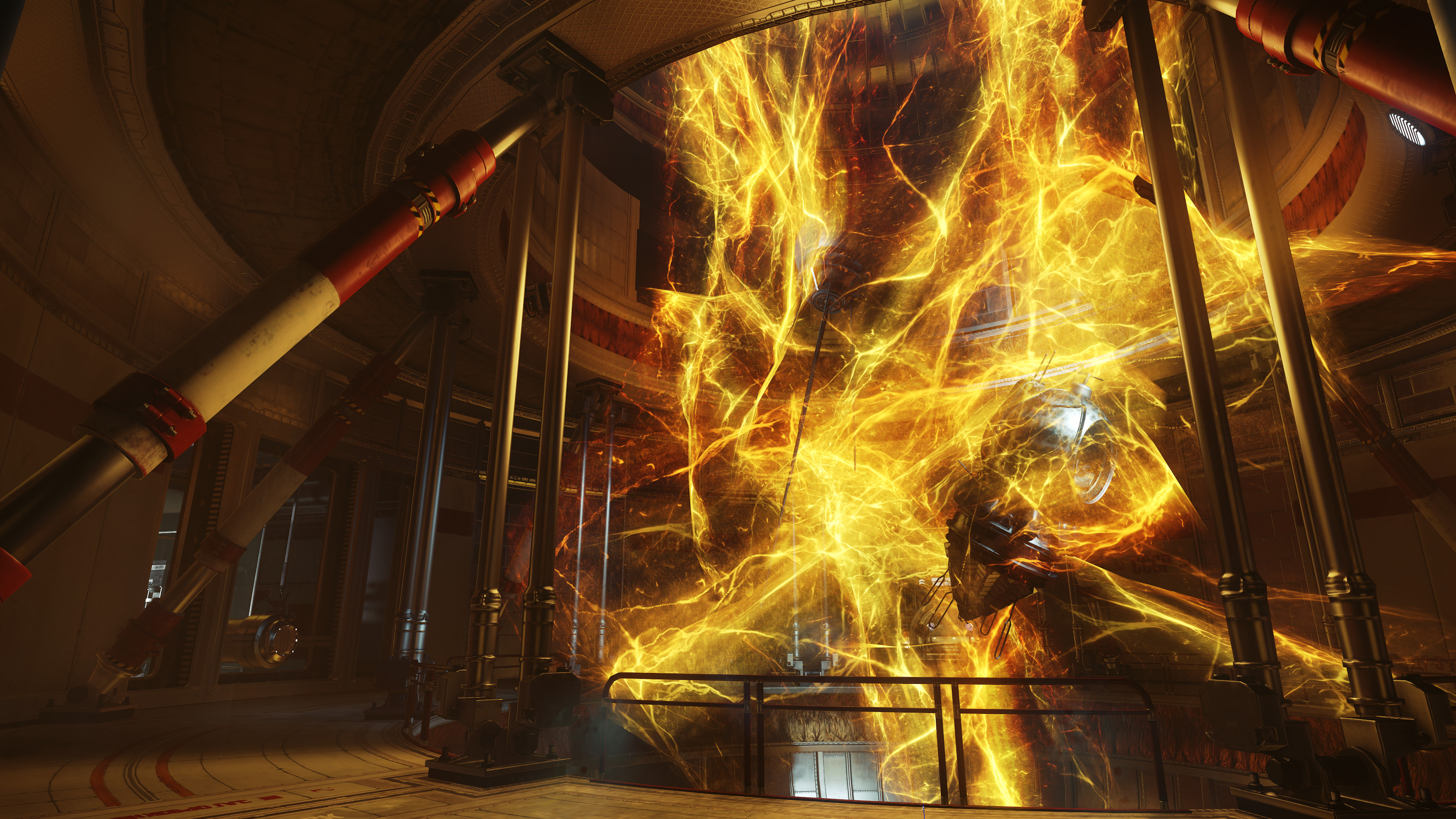
Weighing in at 1.3 GB on PS4, Arkane Studios has confirmed that Prey's day one update nixes several frame-rate and save/load bugs, fixed several crashes, fixed audio issues, and even adjusted enemies.
There's also word of the game's official launch trailer, which you can find right here.
-
The Cosmonaut Shotgun Pack
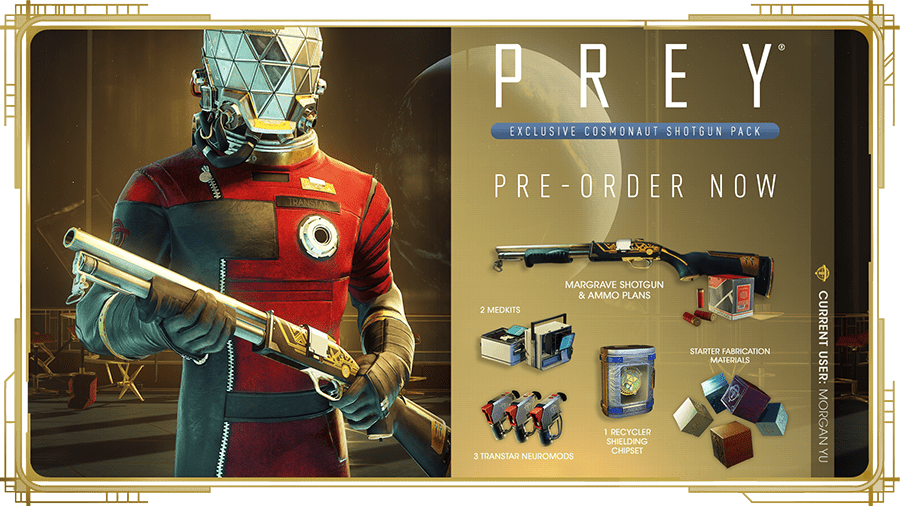
One of the main pre-order incentives for Prey opens up the exclusive Cosmonaut Shotgun Pack. The details of which are as follows:
"Preorder Prey to receive the exclusive Cosmonaut Shotgun Pack, which includes the Yu family’s heirloom Margrave shotgun and tools to fight threats aboard Talos I: 3 Neuromods you can spend to acquire new abilities, 2 Medkits, a Fabrication plan to create Shotgun Ammo, a starter kit for building tools and weapons, and a unique upgrade to help you preserve your limited resources."
-
You Can Pre-Load Right Now
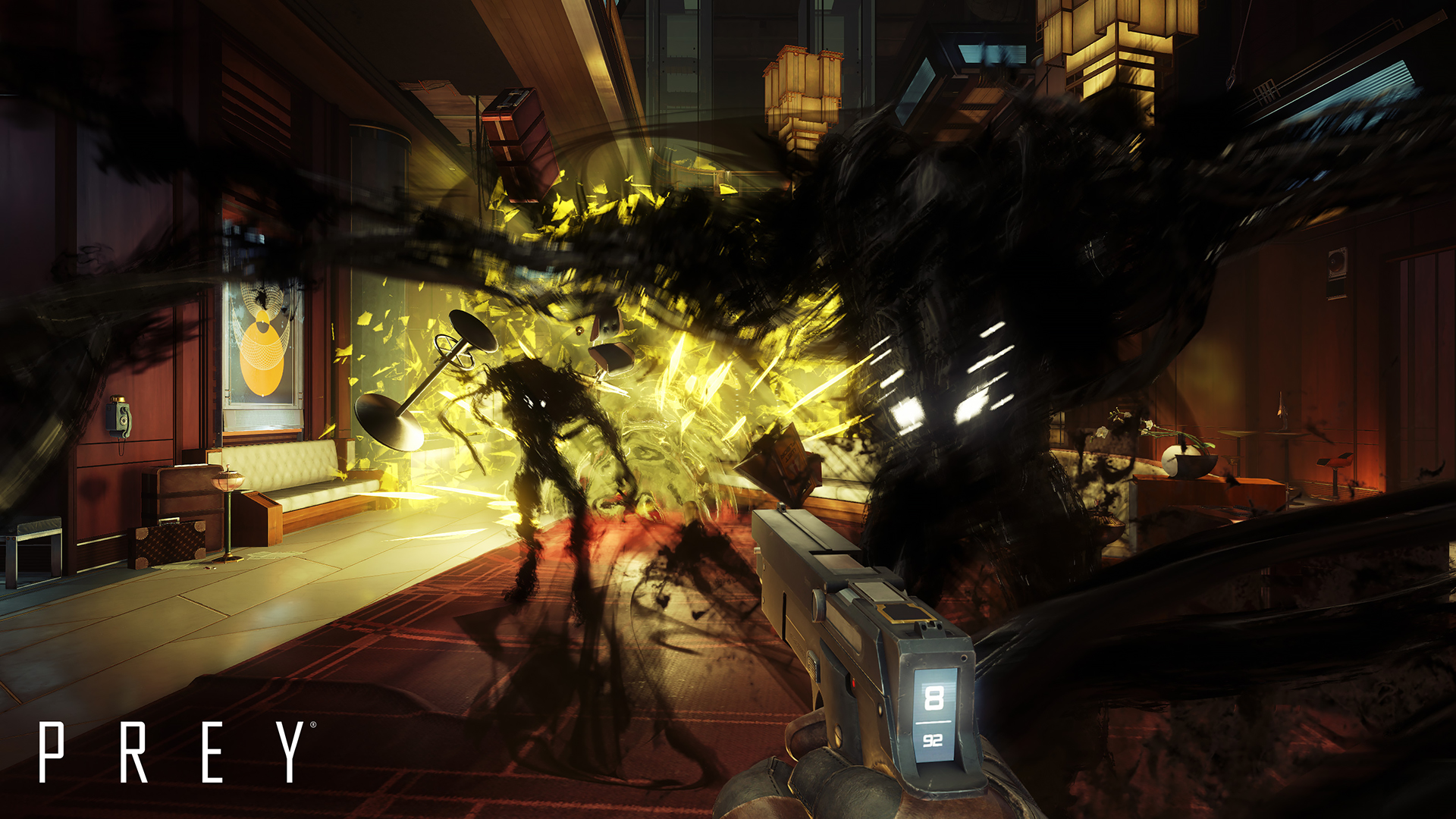
Pre-loading for the PS4 version of Prey will begin at midnight EST on April 28 in North America, and at midnight by territory on April 29 in Europe. It will then unlock at midnight by territory on Friday, May 5.
-
Bethesda’s Review Policy Remains the Same
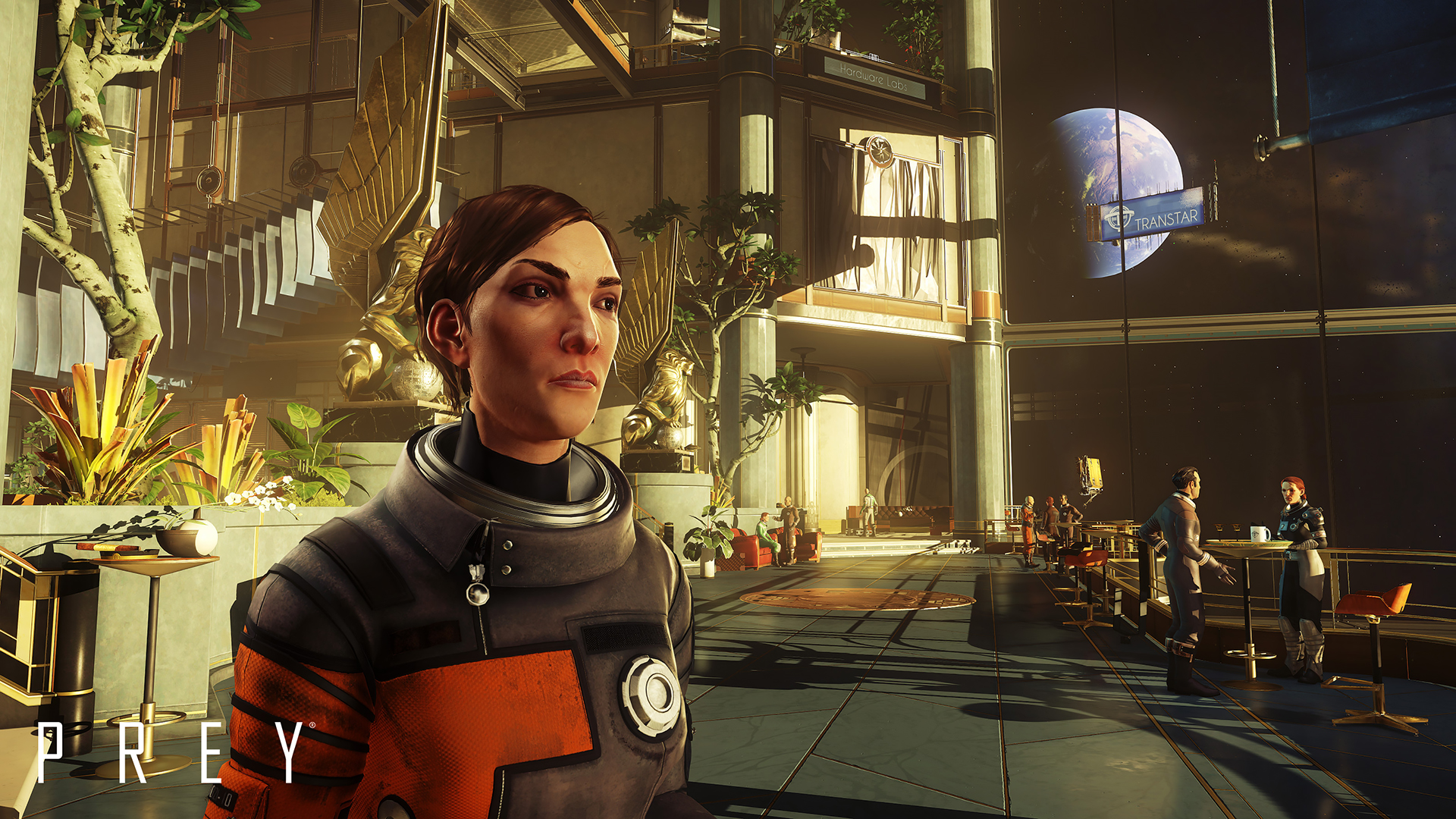
Much like Doom and Dishonored 2 before it, Bethesda has no plans to distribute review copies ahead of time: “Bethesda’s previously outlined policy on distribution of review copies is still in place.”
That means outlets (PSLS included) won’t receive a copy until Thursday, May 4, at which point our own Paulmichael Contreras will be venturing forth into the inky blackness of space on behalf of PSLS.
